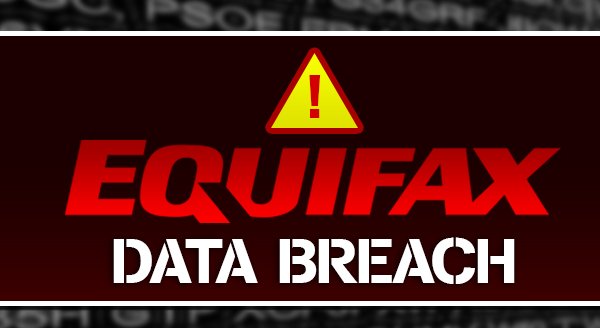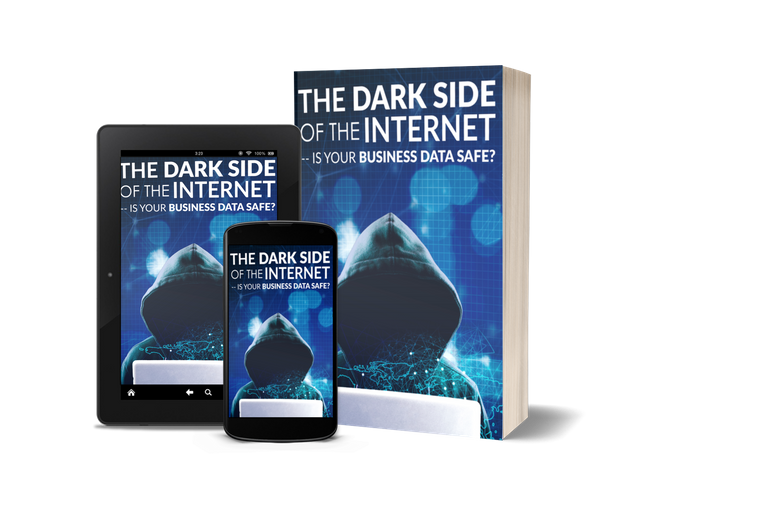REVISITING THE 143 MILLION CUSTOMERS EXPOSED IN EQUIFAX DATA BREACH

In 2017 the credit reporting company Equifax announced they had been hack and victims to an enormous data breach that impacted millions across North America and the United Kingdom. No hacking event is good news, and some are easy to disregard, but this particular data breach was not one of those hacks to be ignored. The data breached was of such a sensitive nature; it required immediate action by all the customers impacted.
Equifax is one of the three big credit reporting companies in the United States. They calculate and manage credit scores. They have access to almost all financial data for those 18 or over within the country. This group also includes those who live or have worked in the United States. They have access to essential data like tax files, social security, drivers' license, and credit card information. On July 29th of 2017, they reported a significant data breach. They said the hackers had repeatedly accessed the data through a vulnerability in a web application running from May through July of that year.
If you were a customer of Equifax, it is scary, but it is what it is. The Equifax team, law enforcement, and cyber-security experts were on the case and worked to minimize the long-term damage.
The best action that one could take at the time is to do what they could to protect themselves from the fallout:
1. Go to http://www.equifaxsecurity2017.com
To see if your data was affected, go to http://www.equifaxsecurity2017.com. Initially, the first reports that the site was delivering sporadic results, but Equifax soon corrected this. One would be safe to assume this breach impacted you. Unless the link tells you that you are safe, continue reading, and follow the below steps.
However, on the other hand, keep reading as it could be informative for your understanding when other massive breaches take place, and they will.
2. Claim you free credit report
It would be best if you claimed the free year of credit monitoring and identity theft insurance Equifax offers. Consider purchasing your own if you are not eligible. This compromised data will be circulating for a long time. You should consider extending the credit monitoring for a few years to be safe.
3. Pay close attention to all your accounts and finances
Look for new credit application notifications, monitor bills, and statements, and make sure you immediately report activity or sudden changes to billing that seems suspicious.
4. Change passwords
You should regularly change all your passwords to be unique, robust, and long. With the data they stole, hackers might have a free path to your email, bank accounts, and personal information.
5. Use two-factor authentication
When possible, you should add two-factor authentication. Entering a password should not be enough. Where possible, you should use two-factor authentication as a second layer of security. This additional method of authentication would require the hacker to have access to a unique code sent by text or email. This extra code makes it much more difficult for them by adding the added layer of security.
5. Think about freezing your credit report.
This restricts access entirely to your credit report and makes it much harder for identity thieves to open accounts using your information. You can un-freeze it anytime you wish to apply for more credit.
Conclusion
Do you have any suggestions, comments, tips, or questions to add to WHY DO PEOPLE CREATE COMPUTER VIRUSES? If you do, please provide them here. We welcome all input, concerns, questions, and feedback, so feel free to Contact Us.
Want to start receiving posts and articles about IT information? START HERE!

Data breaches can get your data on the Dark Web.
Is Your Data for Sale on the Dark Web?

https://twitter.com/ItsmRhino/status/1306548722361401346